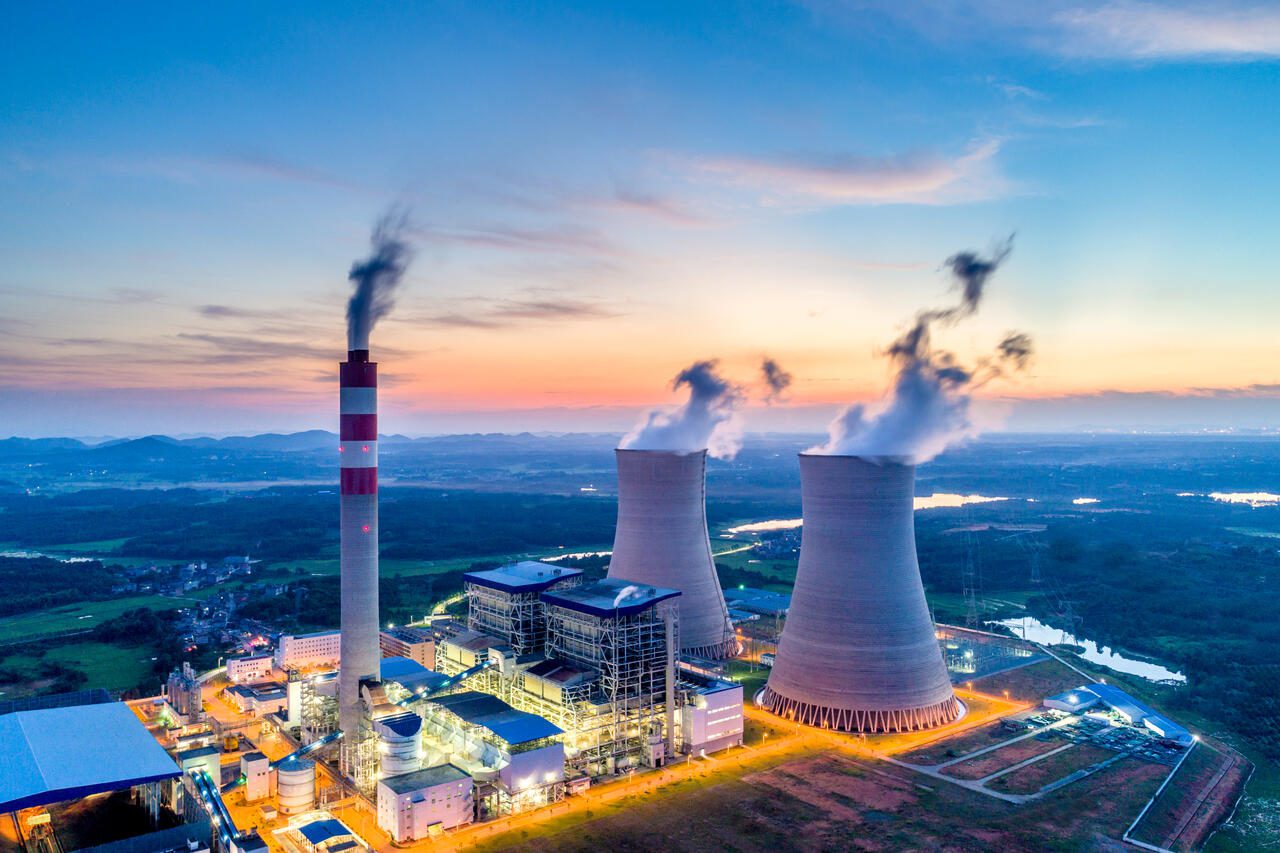The 6 Best Carbon Offset Programs of 2022
Nativeenergy, our best overall pick, is a public benefit corporation that offers carbon offset programs for individuals and businesses. The platform lets you easily calculate the carbon footprint of your home, travel, business, and events. You can then buy offsets as a one-time purchase or as a monthly, quarterly, or annual offset; if multiple projects are in progress, you can choose—otherwise, you’ll be able to select the project that is currently underway. Projects vary but generally cover emissions reduction and reforestation—you’ll see exactly which project your money will support when you pay for your offset. In addition to being extremely user-friendly, nativeenergy uses extensive criteria to evaluate offset projects. High-quality carbon credits are just one part of a successful carbon offsetting program. Carbon neutrality we deliver carbon neutral programs for industry-leading global brands including metlife, marks & spencer, and microsoft. Our carbonneutral® certification provides our clients with a pragmatic framework for carbon neutrality. First developed in 2002 and updated annually to reflect best practice, it is used by companies including hp, sky, logitech, and ups. Communications we work closely with you to ensure all your communications are accurate and in line with best practice. This protects all the brands we work
read more →Benefits of living greener
The main aim of living an eco-friendly lifestyle is to make greener and more responsible choices. Making healthy lifestyle choices to reduce carbon footprints is the most humane thing anyone can do to help cut down the pollution on the planet. It is not difficult to live a greener lifestyle as we’ve shown you here and continue to do with our blog posts. It starts with simple mindful steps such as turning off a light in a room you’re not using. Furthermore, being environmentally conscious creates additional benefits such as saving you money! get started living an eco-friendly life today. We Pledge To DO MORE Commit to second hand - books, clothing, furniture. Whether it’s charity shops, classified sites or exchanging with family or friends it’s a great way to reduce and reuse. Pledge to support green businesses. Doing some research can help you understand which companies are doing that bit more to support a greener environment. Supporting greener businesses is a great way to cut your carbon emissions. Fast fashion is a serious contributor to green house gas emissions. Why not make a commitment to buy less often or source from sustainable retailers and buy good quality
read more →
September 2019 Climate Action Letter
In september 2019, ca100+ sent a letter to 47 of the largest us publicly traded companies outlining the group’s expectation that those companies would align their climate lobbying with the goals of the paris agreement. The letter asserted that the companies had “significant influence on climate and energy policies” and that there appeared to be lobbying activities that were “inconsistent with addressing the risks posed by climate change. ” the letter went on to warn that lobbying activities which are inconsistent with meeting climate goals are an investment risk. It then set out a list of expectations, the “investor expectations on corporate climate lobbying”; called on companies to publicly report on how they were meeting these expectations; and asked the companies to establish meaningful governance of their lobbying activities, including full public transparency. Youth online activism has been another large part of the success story. Online campaigners can reap enormous awards for less input compared to traditional means of activism such as protesting in person and letter writing. Online activists can reach more people and do not need to go through traditional media channels. This is particularly beneficial for children and young people, who have a lot less access
read more →See also [ edit ]
History [ edit ] Environmentalism: a global history is an addition to the popular longman world history series, edited by michael adas. Written by one of the foremost thinkers on ecological issues relating to south africa, this new text offers a cross-cultural and global survey of environmental thinking and the movements it has spawned. In this brief text, ramachandra guha identifies commonalities and differences in environmental thinking and activism through case studies. The experiences of areas as diverse as the united states, the former soviet union, china, india, africa, and brazil provide an excellent overview of each country's strengths and contributions. Students will find environmentalism: a global history to be a lively and engaging study of ideas and debates on a topic that is central to our lives in the twenty-first century. Environmental movement [ edit ] 2. Environmentalism – enviro-prudence a theory that views environment rather than heredity as the important factor in the development and especially the cultural and intellectual development of an individual or group advocacy of the preservation, restoration, or improvement of the natural environment; especially : the movement to control pollution environmentalism refers to a social movement and associated body of thought that expresses concern for the state of
read more →How to Choose Carbon Offset Projects Actually Make a Difference
12 Best Carbon Offsets for Individuals (Complete 2022 List) A carbon offset is when carbon credits are used by individuals and businesses to compensate for their carbon emissions. Purchasing carbon offsets is often done with goals of going carbon neutral or carbon negative, producing a low-carbon economy. Community carbon trees plants 1 tropical tree to offset 1 ton of carbon for $25. Click here to plant a tropical tree. Read our holistic approach for how to reduce carbon footprint by carbon offsetting. Businesses might purchase credits to offset corporate travel. Individuals might offset household or personal vehicle emissions. There are several organisations to purchase offsets from (public carbon offset retailers). Some are featured below, a complete list of online retailers can be found in the market directory’s online offset retailers. Purchase voluntary offsets purchase voluntary offsets certification carbon neutral certification gives businesses a credible stamp against their carbon neutral claim. In australia, the climate active carbon neutral standard sets the basis for best practice carbon accounting and the rules on offsetting for carbon neutral claims. The australian government’s climate active carbon neutral program provides carbon neutral certification against the standard. Ucsf is charting a strategy to meet the university of
read more →What are carbon budgets and how can they help us reach net zero?
What is carbon offsetting? A carbon offset is a way to compensate for your emissions by funding an equivalent carbon dioxide saving elsewhere. Our everyday actions, at home and at work, consume energy and produce carbon emissions, such as driving, flying and heating buildings. Carbon offsetting is used to balance out these emissions by helping to pay for emission savings in other parts of the world. We offer a range of carbon offset projects to international standards, including the verified carbon standard (vcs), gold standard voluntary emission reductions (ver) and certified emission reductions (cer). All of which meet the quality assurance standard for carbon offsetting following a footprint calculation on this web site and bsi's pas 2060 specification on carbon neutrality. Traditionally, much of the criticism of offsetting relates to the planting of trees. Some of these concerns are valid, but in truth most of the best-known carbon offset schemes have long-since switched from tree planting to clean-energy projects – anything from distributing efficient cooking stoves through to capturing methane gas at landfill sites. Energy-based projects such as these are designed to make quicker and more permanent savings than planting trees, and, as a bonus, to offer social benefits. Efficient cooking stoves, for instance, can
read more →1. Afforestation and reforestation
What is direct carbon removal and why is it considered necessary? Two centuries of burning fossil fuels has put more carbon dioxide, a powerful greenhouse gas, into the atmosphere than nature can remove. As that co2 builds up, it traps excess heat near earth’s surface, causing global warming. There is so much co2 in the atmosphere now that most scenarios show ending emissions alone won’t be enough to stabilize the climate – humanity will also have to remove co2 from the air. The u. S. Department of energy has a new goal to scale up direct air capture , a technology that uses chemical reactions to capture co2 from air. Phase 2 closed to applications on 27 january 2022. Only successful phase 1 applicants could be considered for further funding in phase 2. Phase 2 of the competition takes forward the most promising designs from phase 1, to pilot key components or further develop the design of the new direct air capture and other greenhouse gas removals technologies. The seacure system makes use of the natural behaviour of the carbon cycle - the ‘sucking’ of co2 from the atmosphere in response to the atmosphere-ocean co2 gradient generated
read more →
Why do we need carbon capture, use and storage?
Carbon capture, use and storage Carbon capture and storage (ccs) refers to a collection of technologies that can combat climate change by reducing carbon dioxide (co2) emissions. The idea behind ccs is to capture the co2 generated by burning fossil fuels before it is released to the atmosphere. The question is then: what to do with the captured co2? most current ccs strategies call for the injection of co2 deep underground. This forms a “closed loop”, where the carbon is extracted from the earth as fossil fuels and then is returned to the earth as co2. How does ccs work? today, ccs projects are storing over 30 million tons of co2 every year, which is about the amount of co2 emissions created by 6. Carbon removal technologies are key to reaching the eu 2050 climate targets as renewable technologies only will not be sufficient. While energy efficiency and renewables are in the long term the most sustainable solutions both for the security of supply and climate change mitigation, global greenhouse gas emissions cannot be reduced as they need to be to reach the paris agreement objective, if we do not also use other options such as carbon capture, utilisation
read more →